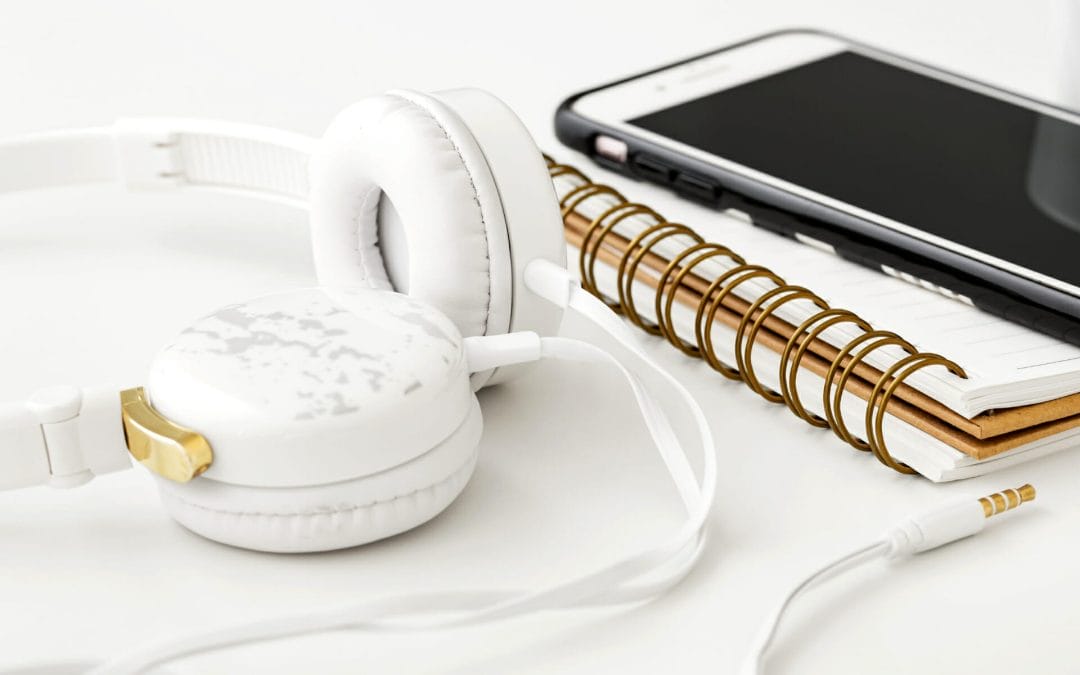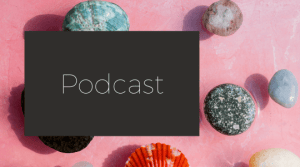My husband is now a school teacher. And he spends his spare time in his music room making beautiful music that only we get to hear.
When we met he was an audio technician (you know, the guys at the sound desk at a gig – very rock’n roll).
So when a client recently asked me if we could do post production on her podcast episodes to improve the sound quality, he and I had a long chat about how I want him to be the sound guy for my business so he can quit teaching. But he is not in love with my vision (LOL) so instead he wrote a big list of recommendations for how my client could improve her recording quality.
He says there’s no point doing post production because there’s only so much you can do if the original is a bit rubbish.
And then he wrote me a big (mansplasiney) list of recommendations to email to her.
Which I de-jargoned and sent off to my client.
I have now emailled it too many times so I’m just writing it all down for you in this blog.
When I teased him about not having SoundCloud, or a website or any way to shout out to him he said “just send money” so there is a PayPal donate button at the end if you want to say “thanks Jase”. No pressure.
Below the next image is the list of recommendations interspersed with my de-jargon. Enjoy.
P.S. He did actually just buy me a RODE NT USB which I use and find perfectly fine if you want an easier and cheaper option.

Hello Podcaster
Example Mic Rode Procaster $240Example audio interface $180The above mic and interface would make a big improvement in audio quality. Alternatively, the mic below has the interface built in. It is a bit less directional though (hears more noises other than the voice)Example mic and interface in one: $229
Any recording set up would be improved by isolation from external noise. This can be aided in a home recording environment by a shield like the one below.Example mic screen $150
And if you want to get super spiffy, this mount would help too:
A broadcast mic works best when not held, and when located near to the speaker’s mouth. The desktop mounted stand below would achieve this.Example desktop mic stand $150
And then if you have a stand, this shock mount would help:
Further isolation from deep rumbling noises travelling up the mic stand can be achieved by a shock mountShock mount $59
So there you have it!
Jase’s top recommendations for podcast recording. For what that’s worth.
And if you do want to give him money, here is a PayPal donate button haha.
If this doesn't make sense or you have more questions, please let's talk!
Please don’t freak out about this! It is a bit of a jargoney topic and I have worked with many people who have over-invested in podcast gear and production.
Go ahead a book a chat now:






